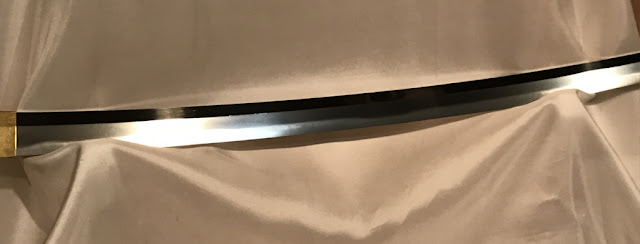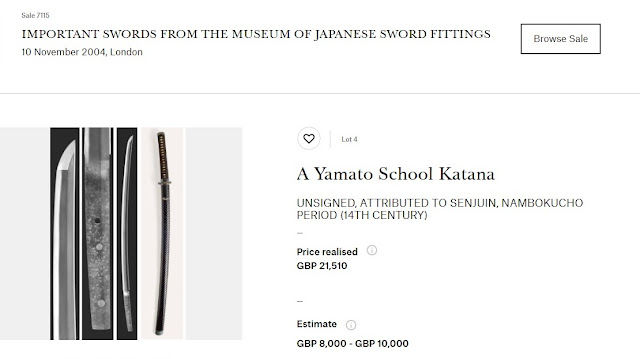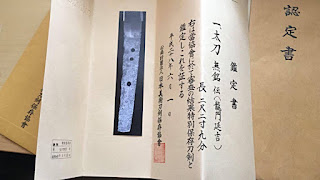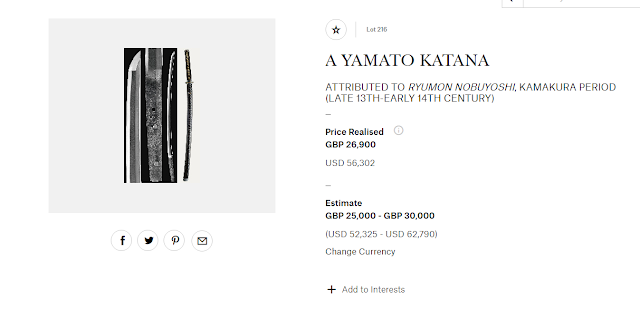For those who needs help with regards to Nihonto, you can contact Mr. Paul Martin http://www.thejapanesesword.com Born in England, Paul Martin began Karate at the age of seven and in the years that followed managed to gain Dan grades in three styles of Karate. He went on to represent the English International Karate Team and was English Champion in 1992,1993 and 1995. In 1993 he joined The British Museum in London, eventually achieving his goal of joining the Department of Japanese Antiquities. There, he cared for and studied the Japanese sword and armour collections under the guidance of Victor Harris (a student of Dr. Kanzan Sato, and translator of Miyamoto Musashi’s Book of Five Rings ), and with Victor's encouragement enrolled in a Kendo class. Paul currently holds 3rd Dan Karate, 4th Dan Kendo and 4th Dan Iaido. Paul has also presented swords on BBC TV, BBC Radio 4, Discovery Channel ( WeaponsMasters and Some Assembly Required ), The History Channel, Lo




